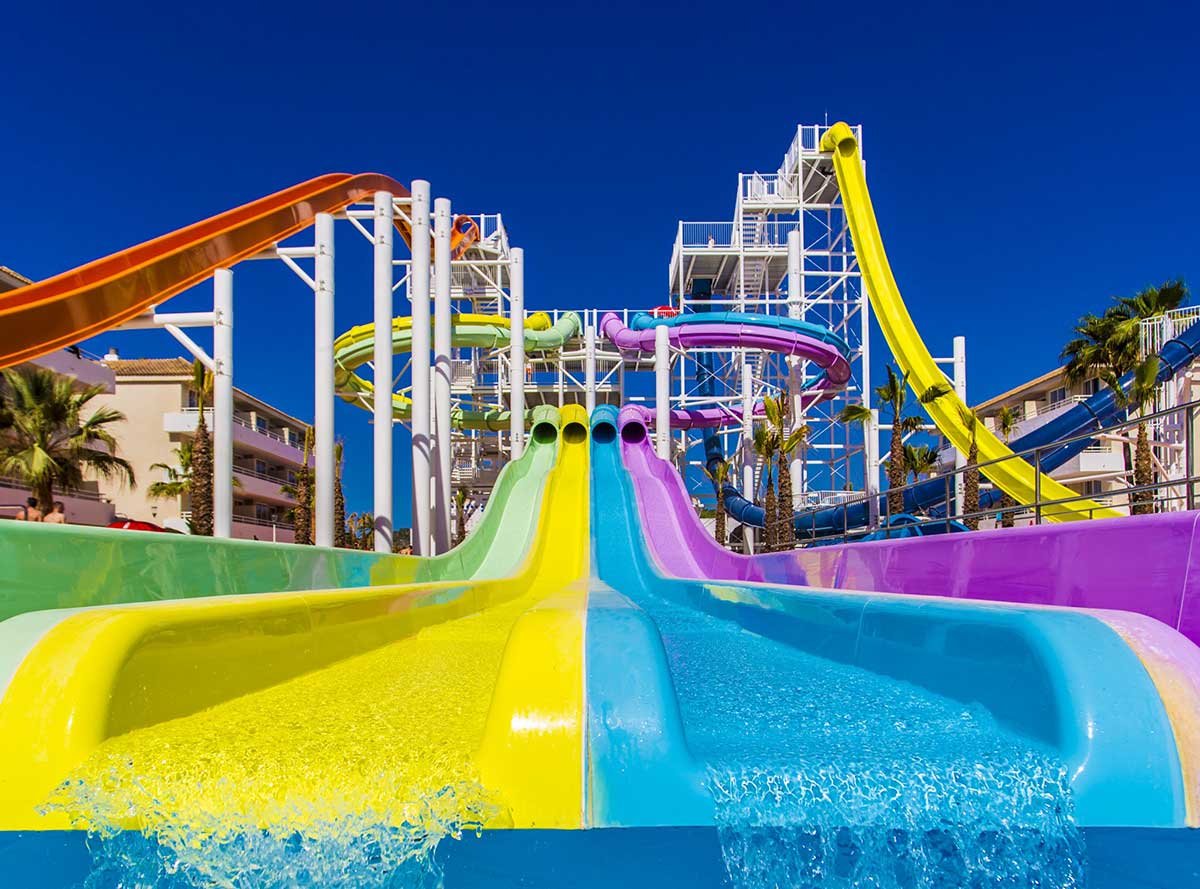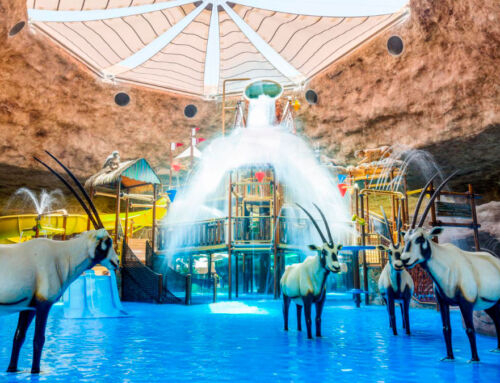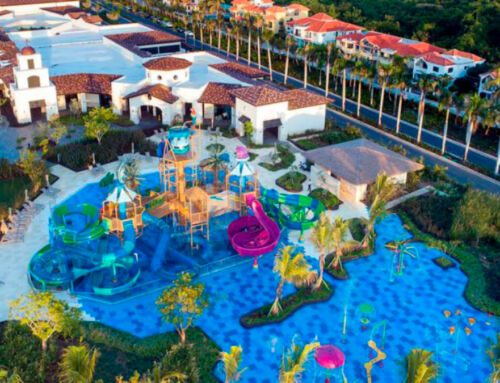The standard that exhaustively determines the safety guidelines for the design, manufacture, installation and operation of water slides in Spain is UNE-EN 1069 (where UNE is an acronym for A Spanish Standard). The water park projects whose design and construction is carried out by Amusement Logic are subject to this standard, as it is based in this country, without prejudice to the regulations to which it is subject when these projects are located in other parts of the world. However, this standard is merely a transposition of the European standard EN 1069-1:2017 (where EN are the initials in German for European Standard). With the healthy and informative purpose of publicising the work carried out by Amusement Logic, let’s take a look at a summary of the basic requirements established by this standard and which the company rigorously complies with.
UNE-EN 1069 is divided into two parts: Safety requirements and test methods (UNE-EN 1069-1) and Instructions (UNE-EN 1069-2). In its introduction, the text of the first part of this standard warns, with reference to the water slide market, that “it is impossible to define safety requirements that fully cover it (…) without limiting design possibilities and excluding innovative and new yet safe products“. Therefore, these safety requirements, which are a reference for specific types of water slides, “are also applicable to undefined types, as far as possible”. In other words, the standard lays down “safety requirements and design guidance rules”.
The standard begins by establishing, after a definition of terms, a classification of water slides, from Type 1 to Type 10, according to different parameters, including their layout (straight, curved, helical, etc.), height (< 1 m and upwards), average slope (<70%), maximum speed of users (measured in m/s, up to a maximum of 14 m/s), etc.
Finally, after these preparations, the standard is now able to provide the basis for general design and production guidelines for water slides. Therefore, in addition to complying with EN 15288 (which regulates the design and operation of public swimming pools), the design of water slides must take into account the intended users and those with special needs. In regards to their production, they must be made of materials suitable for their use and the environment. In other words, these materials must be resistant to humidity, saturation and corrosion, and must prevent the proliferation of bacteria.
With regard to the requirement for a design that considers users, whatever their conditions, the standard states as a general safety recommendation that such users should “remain in contact with the slide track“. Otherwise, when the user “rises into the air during the slide”, a “practical test” must be carried out beforehand. In addition, the surface of the slide track ‘must be smooth, free of irregularities’, including the outer and inner surfaces of the flanges that ‘could be grabbed or touched by the user’. Furthermore, the ends and edges within the zone of influence (or space around and within reach of the user) “must be rounded or adequately protected”. The standard also establishes the parameters for stairs, platforms and barriers, according to practical criteria and with reference to other applicable standards.

UNE-EN 1069-1 now turns to the design of the water slide’s slide path. This must be designed in such a way as to avoid “risks such as, for example, turning, tipping, collisions with the slide, excessive lateral oscillation, instability, slide exit”. Again, these precautions must be verified by practical tests. The arrival and reception areas of our water slides, on the other hand, must necessarily be delineated to allow the user to leave them quickly and safely, without interfering with those that follow, or hindering the exit of users of other slides.
There is also room in the regulation to consider “sliding aids”, in other words, floats and mats. However, the design of these devices must take into account the possibility for a user to separate from them during sliding. In addition, they must float in the receiving pool and must indicate, either by a sign on their surface or on clearly visible signage at the collection point, the specific body position, body weight and body length to which their design is adapted.
It is now up to the supplier to define the flow rate of water that must flow through the water slides, as this “has an effect on the safety of the slide“. With regard to this factor, the UNE-EN 1069-1 standard establishes minimum flow rates depending on the type of water slide.
In any case, the practical tests carried out as part of the commissioning of water slides must be carried out by a water slide expert with the necessary skills, knowledge and experience in this field. For its part, the operator of the water slide facility “must carry out an assessment of the risks associated with the operation” and consequently “identify a risk reduction strategy”, in accordance with the following measures:
–Permanent full supervision of the exit area, the reception pool and the braking lanes by the facility’s staff, whose members shall be intercommunicated.
-Adequate technical control of the distance between users in the entry and/or exit areas of the water slide (turnstiles, traffic lights, etc.).
–Risk assessment and, consequently, definition of supervision and appropriate technical measures.
Finally, in its second part, the UNE-EN 1069-2 standard establishes that it is the responsibility of the operator to provide operating instructions that pay special attention to safety. On the other hand, it is the responsibility of the manufacturer or supplier to define the appropriate signage of these instructions for the commissioning of water slides. Indeed, the design of the graphic symbols for public information is also standardised. The operator must also follow the maintenance instructions for the water slides and their accessories, as provided by the manufacturer or supplier. In addition to the above, thorough periodic inspections must be carried out to certify that the installation remains in good condition and that safety is not compromised.






